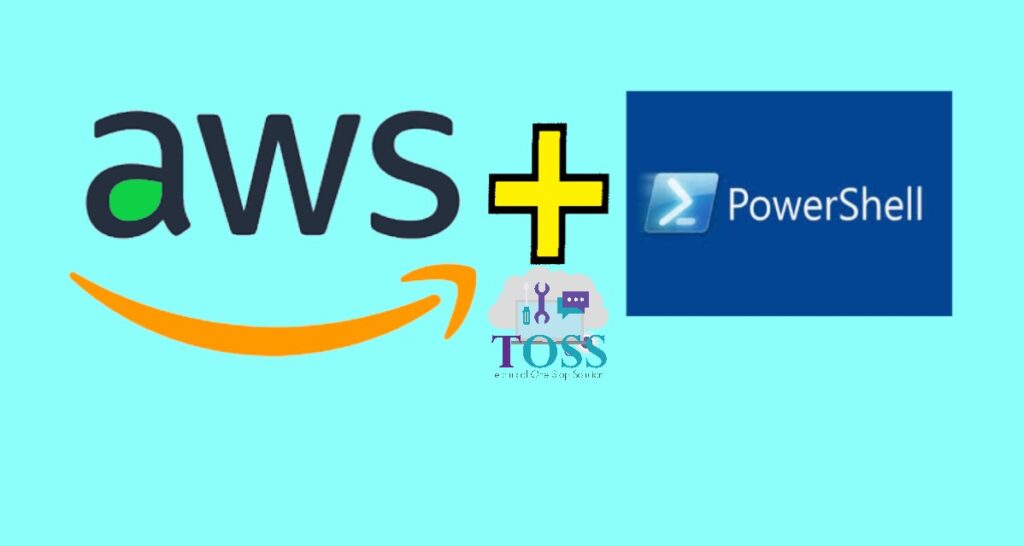AWS IoT Things Graph is a service that makes it easy to visually connect different devices and web services to build IoT applications.
IoT applications are being built today using a variety of devices and web services to automate tasks for a wide range of use cases, such as smart homes, industrial automation, and energy management. Because there aren’t any widely adopted standards, it’s difficult today for developers to get devices from multiple manufacturers to connect to each other as well as with web services. This forces developers to write lots of code to wire together all of the devices and web services they need for their IoT application. AWS IoT Things Graph provides a visual drag-and-drop interface for connecting and coordinating interactions between devices and web services, so you can build IoT applications quickly. For example, in a commercial agriculture application, you can define interactions between humidity, temperature, and sprinkler sensors with weather data services in the cloud to automate watering. You represent devices and services using pre-built reusable components, called models, that hide low-level details, such as protocols and interfaces, and are easy to integrate to create sophisticated workflows.
You can get started with AWS IoT Things Graph using these pre-built models for popular device types, such as cameras, motion sensors, and switches, as well as web services such as Amazon Simple Storage Service (S3) or Amazon Rekognition, or create your own custom models. You can deploy and run your IoT applications to the AWS Cloud or AWS IoT Greengrass-enabled devices such as edge gateways and cable set-top boxes, in just a few clicks. AWS IoT Greengrass is software that provides local compute and secure cloud connectivity so devices can respond quickly to local events even without internet connectivity, and runs on a huge range of devices from a Raspberry Pi to a server-level appliance.
Below are the cmdlets which are available with AWS IoT Things Graph
| CmdletName | ServiceOperation |
| Add-IOTTGEntityToThing | AssociateEntityToThing |
| Add-IOTTGResourceTag | TagResource |
| Add-IOTTGSystemInstanceDeployment | DeploySystemInstance |
| Get-IOTTGEntity | GetEntities |
| Get-IOTTGFlowExecutionMessageList | ListFlowExecutionMessages |
| Get-IOTTGFlowTemplate | GetFlowTemplate |
| Get-IOTTGFlowTemplateRevision | GetFlowTemplateRevisions |
| Get-IOTTGNamespace | DescribeNamespace |
| Get-IOTTGNamespaceDeletionStatus | GetNamespaceDeletionStatus |
| Get-IOTTGResourceTag | ListTagsForResource |
| Get-IOTTGSystemInstance | GetSystemInstance |
| Get-IOTTGSystemTemplate | GetSystemTemplate |
| Get-IOTTGSystemTemplateRevision | GetSystemTemplateRevisions |
| Get-IOTTGUploadStatus | GetUploadStatus |
| New-IOTTGFlowTemplate | CreateFlowTemplate |
| New-IOTTGSystemInstance | CreateSystemInstance |
| New-IOTTGSystemTemplate | CreateSystemTemplate |
| Remove-IOTTGEntityFromThing | DissociateEntityFromThing |
| Remove-IOTTGFlowTemplate | DeleteFlowTemplate |
| Remove-IOTTGNamespace | DeleteNamespace |
| Remove-IOTTGResourceTag | UntagResource |
| Remove-IOTTGSystemInstance | DeleteSystemInstance |
| Remove-IOTTGSystemInstanceDeployment | UndeploySystemInstance |
| Remove-IOTTGSystemTemplate | DeleteSystemTemplate |
| Search-IOTTGEntity | SearchEntities |
| Search-IOTTGFlowExecution | SearchFlowExecutions |
| Search-IOTTGFlowTemplate | SearchFlowTemplates |
| Search-IOTTGSystemInstance | SearchSystemInstances |
| Search-IOTTGSystemTemplate | SearchSystemTemplates |
| Search-IOTTGThing | SearchThings |
| Set-IOTTGEntityDefinition | UploadEntityDefinitions |
| Set-IOTTGFlowTemplateDeprecation | DeprecateFlowTemplate |
| Set-IOTTGSystemTemplateDeprecation | DeprecateSystemTemplate |
| Update-IOTTGFlowTemplate | UpdateFlowTemplate |
| Update-IOTTGSystemTemplate | UpdateSystemTemplate |
You can also check other AWS Services, and each services cmdlets we are providing.

